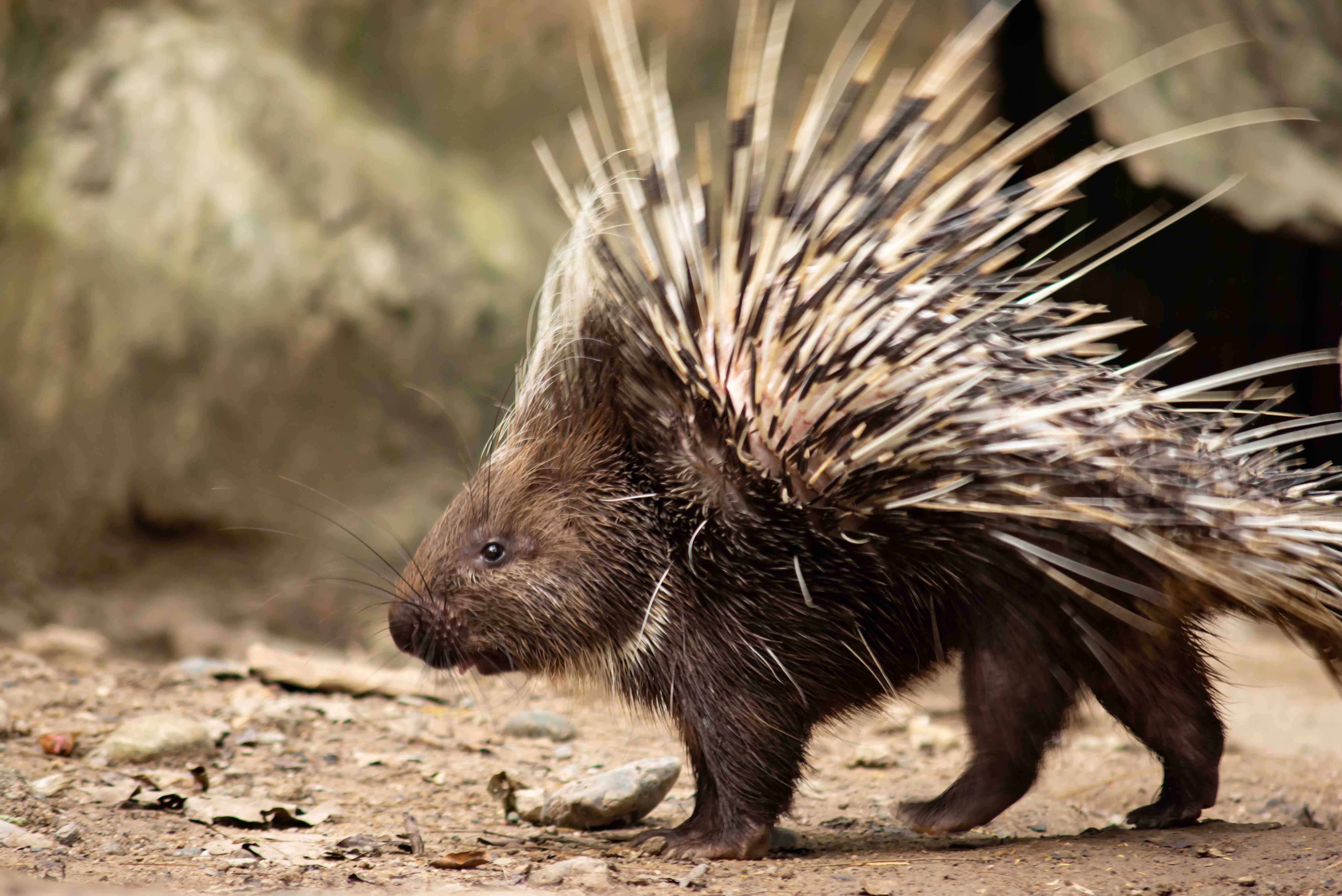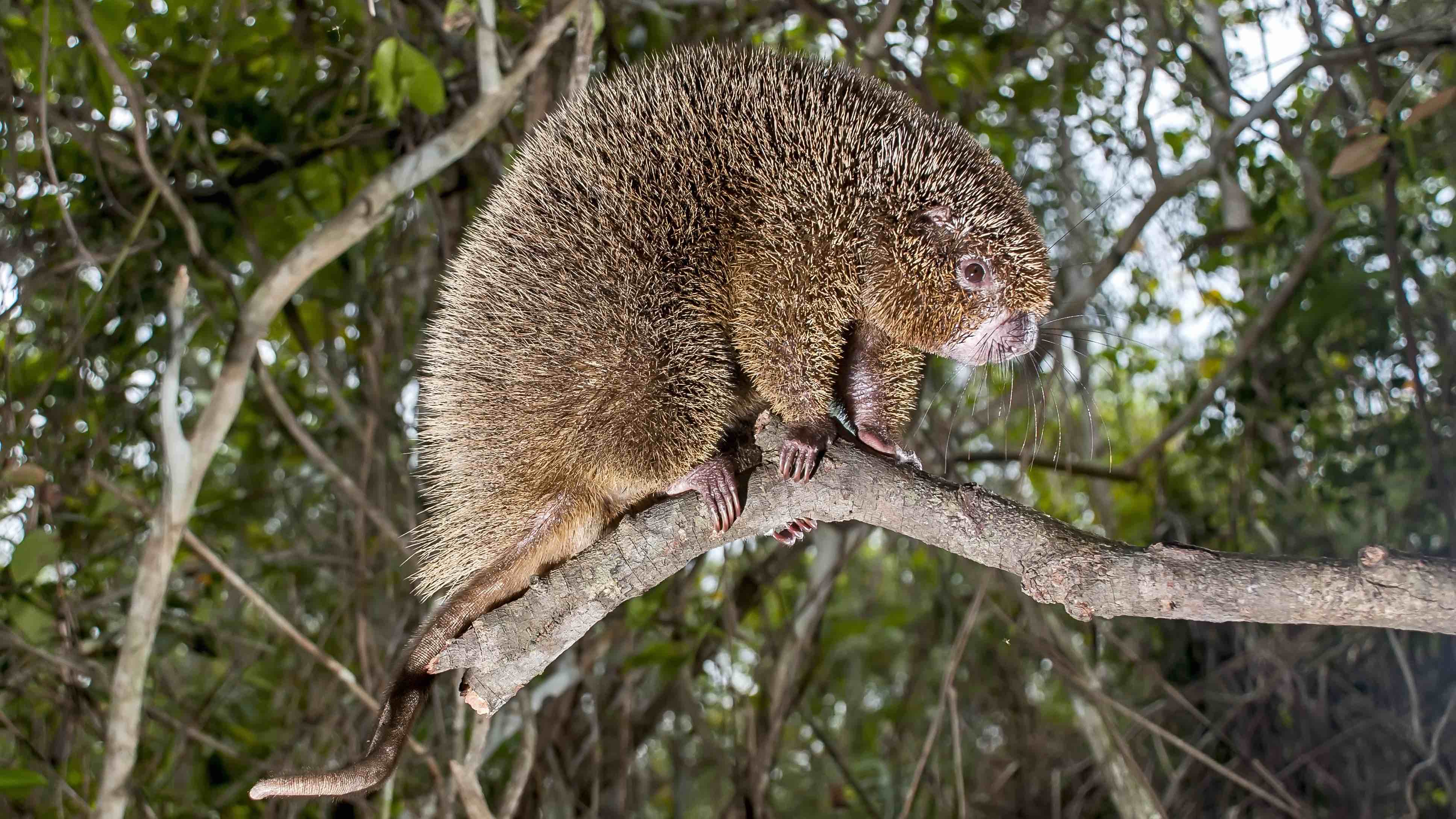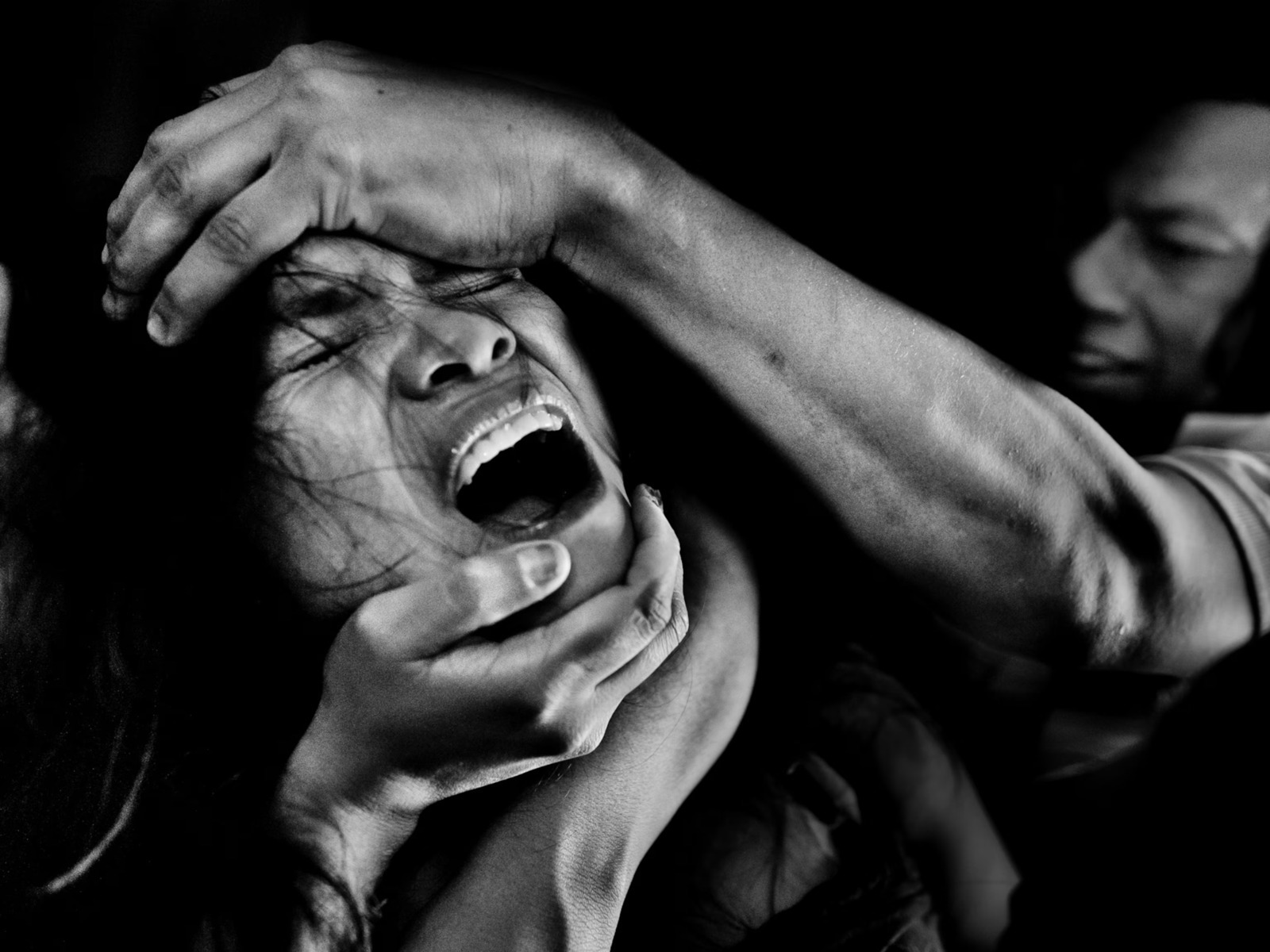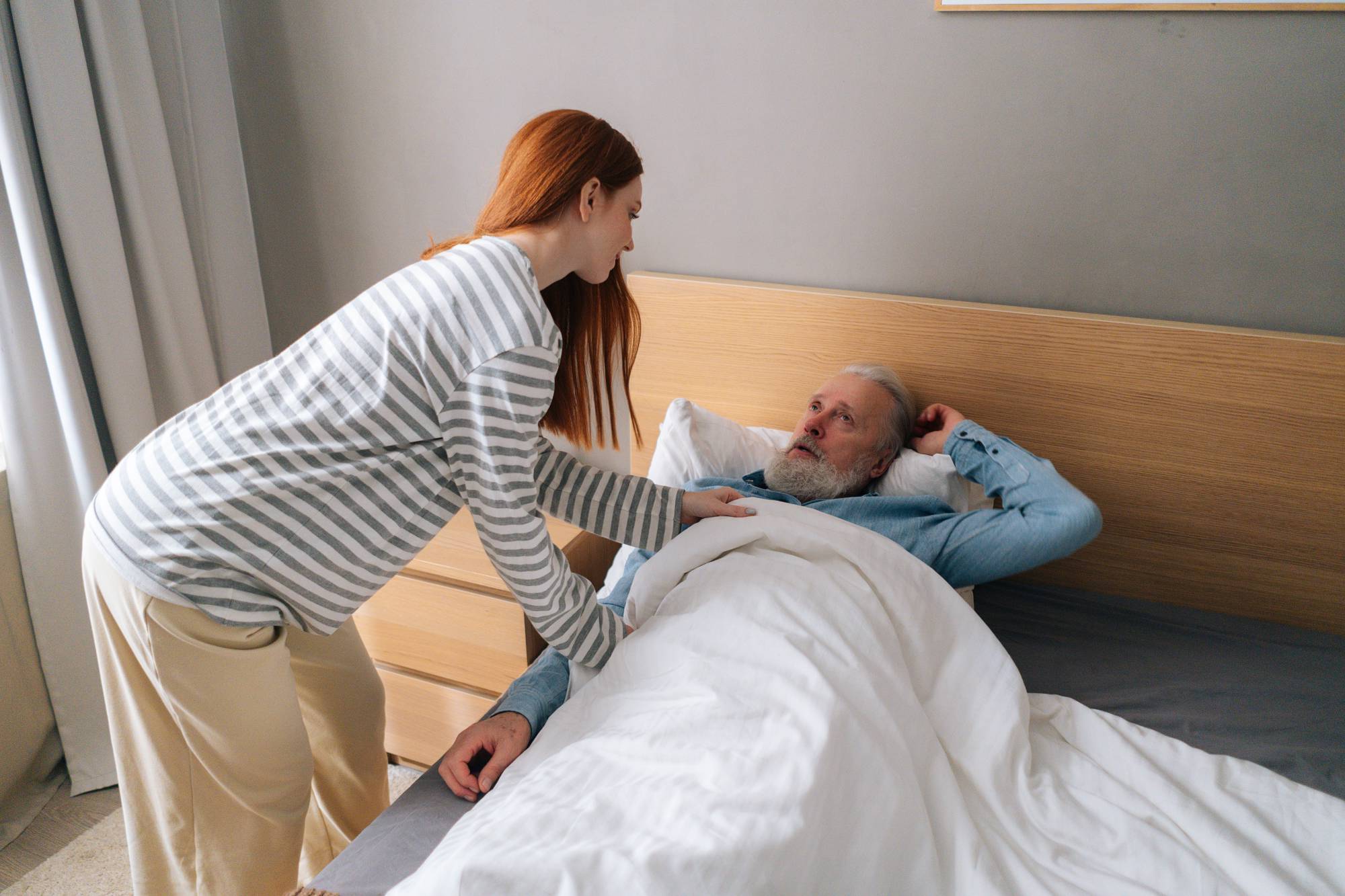
Few things look as exotic as a cute little porcupine walking along, its spines bouncing with every step. Porcupines are an adorable yet spiky set of creatures. On the surface, all porcupine species appear to be the same. They are, nevertheless, very different. The following porcupine facts will tell you more about that.
Old World porcupines have clusters of quills, whereas the New World porcupines have single scattered quills, underfur, and hair. However, porcupines are roughly the same size regardless of the group they are in. They range in size from 25 to 35 inches long, with an 8 to 10-inch tail and a weight of 12 to 35 pounds. They move slowly, and have a huge, spherical body.
Got quilled by a porcupine? Don’t panic! Each quill contains a topic antibiotic, which is a bit puzzling since quills are the porcupine’s only mean of defense. It’s most likely a method of preventing infection from unintentional self-quilling. However, you should take immediate action. While those quills may appear attractive from afar, nature has expertly constructed them to include a small barb that digs deep into the flesh.
Even if their quills are not venomous, porcupines manage to take good care of themselves, so much so that they can live up to 27 years! Sadly, the porcupine population is steadily decreasing, porcupines have been eaten on occasion in Western culture, despite the fact that they are not a common menu item. However, they are extremely popular in Southern Asia and Africa. In fact, porcupines are a common food source in Vietnam.
Want to know more about these charming rodents? Check out our list of porcupine facts to aid you in your research.
- Porcupines average between 60 and 90 centimeters long.
- Their tails average another 20 to 25 centimeters long.
- Their weight also varies on average between 5 to 16 kilograms.
- Porcupines can live for up to 27 years.
- Porcupines have 58 different species around the world.
- Scientists divide the porcupines into 2 families, the Erethizontidae, and the Hystricidae.
- The Erethizontidae family also goes by New World porcupines.
- In contrast, the Hystricidae family also goes by Old World porcupines.
- Both families belong to the order Rodentia.
- Porcupines make up the world’s third-largest rodents, after the capybaras and the beavers.
- Old World porcupines live from Southern Europe in the west, through Western and Southern Asia in the east, and across Africa to the south.
- New World porcupines mostly live in North America.
- They also live in Central America, as well as Northern South America.
- New World porcupines also tend to grow smaller than their Old World cousins.
- They may also become active in the daytime, while Old World porcupines stay strictly nocturnal.
- Porcupine colors generally vary between shades of brown, grey, and white.
- The first porcupines evolved in Africa, during the Miocene Epoch around 5 million years ago.
- Most porcupines prefer to live on rocky ground, especially Old World porcupines.
- Many New World porcupines live on trees, though.
- Porcupines can generally live in altitudes of up 3.7 kilometers high in mountainous areas.
There’s a story behind the porcupine’s name.
The roots include the Latin words for pig, “porcus,”and for spine or quill, spina. Together, those words form the old Italian word “porcospino,”or thorn big, referencing the porcupine’s spiny appearance. This then evolved into the Middle French and Middle English porcupine, which remains in use today. It also gives the root for the local American nickname for the porcupine, quill-pig.
Porcupines typically have a herbivorous diet.
They typically eat leaves, twigs, even tree roots, as well as fruits like berries. In colder areas, porcupines will scratch bark from trees during the wintertime for food. Porcupines also sometimes eat farm crops, giving them an unfortunate reputation as pests.
Porcupines have many defenses against predators.
A porcupine’s coloring actually takes advantage of the fact that most predators suffer from color-blindness. This actually gives a porcupine a good chance at hiding and losing the predator stalking it as prey. Some porcupine species even have skunk-like markings, which they show off to predators.
In many cases, the predator will leave, not wanting to take the risk of getting sprayed by what looks like a skunk. Most porcupines, though, when spotted by a predator, will extend their spines as a warning, usually accompanied by a chattering sound from their teeth. If all else fails, a porcupine will run straight at a predator, or slam into it from the side, to drive its spines into the predator’s body. Despite what popular fiction sometimes shows, porcupines can’t shoot their spines at a target.
Their quills also have a simple design.
For starters, quills involve nothing more than thick and hard strands of hair, encased in keratin plates. Their design also allows them to detach from a porcupine’s body easily, such as when they get stuck in the body of their target. This allows the porcupine to get away from an injured predator, who might lash out from its injuries. Porcupines can also shed their spines by accident, such as when shaking themselves off water. However, as quills technically count as hair, they grow back very quickly, much like hair does.

Old and New World porcupines have differences when it comes to reproduction.
Old World porcupines have shorter pregnancies, at most only 112 days. In contrast, New World porcupines can have pregnancies that last up to 210 days. Old World porcupines also commonly have twins, and rarely, triplets as well. However, New World porcupines never have triplets and have twins only rarely.
Crested porcupines make up the typical example of the Old World porcupine.
They also go by the name of African crested porcupine, referencing that this species mostly lives in Africa, with only some specimens living in Italy. Crested porcupines also have the distinction of not always having a herbivorous diet. In fact, it’s not uncommon for them to eat insects and small animals. Scientists have even observed them scavenging from the leftovers of bigger predators. They’ve also seen crested porcupines gnawing on bones to sharpen their teeth. They can also become quite aggressive when provoked, and have killed animals as big as hyenas, leopards, lions, and even humans in the past.
North American porcupines fill the same role for the New World porcupine.
Ironically, despite their name, they originally came from South America, with scientists thinking they first evolved in what became modern Brazil. They migrated to North America around 3 million years ago, when the Isthmus of Panama linked North and South America together. Other members of the Rodentia order also migrated along with the North American porcupines, but only they survived to the present day.
They also have an additional, unique defense against predators.
They can’t spray like skunks do, but North American predators also have a strong scent around them that can become unbearable for other animals. It isn’t as strong as that of a skunk’s either, but it does get stronger whenever the porcupine gets agitated. People who’ve smelled it compared it to human body odor, or even to rotting cheese.
Philippine porcupines have a vulnerable designation from environmental organizations.
The animal lives on the Philippines island of Palawan, where it has a reputation as a pest among coconut farmers. This had led to active efforts to hunt down the porcupines, and together with the development of the island, has caused a large drop in their population. Ironically, scientists have already discovered that the Philippines porcupines have no natural predators on their home island. Only the arrival of humans on Palawan caused the porcupines to find themselves facing a threat to their lives and future.
Bristle-spined porcupines also have a vulnerable designation.
The animal only lives in the jungles and tropical rainforest of Brazil’s Atlantic coast. Unfortunately, that same region today finds itself under heavy development, in many cases with the trees simply getting chopped down for sale as lumber. This loss of habitat for the bristle-spined porcupines has caused a major drop in their population, leading to their current vulnerable designation.

Some scientists also question if they’re even porcupines at all.
So much so, that they actually call them bristle-spined rats, instead. They base their objections on the structure of the animals’ teeth, which resemble those of rats instead of porcupines. They also point out that the animals’ genes have major differences compared to those of porcupines. Most scientists, however, note that even with the dental differences, the enamel coating of the animal’s teeth remains that of the porcupines. As for the genetic differences, most scientists point that the animals’ DNA still has more similarities with the DNA of other porcupines, and not with rats.
Porcupines count as exotic animals.
This means that even if it sounds great to have a porcupine as a pet, you could find yourself running into legal problems trying. In particular, many countries have lists of exotic animals, and whether or not people have permission to keep them as pets. Canada, for one example, allows people in any of its states to keep porcupines as pets.
In the USA, though, it depends on the state. California doesn’t allow people to keep porcupines as pets, while New York and Utah do. And even then, you might want to check in with the local neighborhood, or if you live in an apartment, with the building’s manager or owners first.
Experts have given plenty of warnings for people who want a porcupine as a pet.
That said, these warnings also apply to people who find a porcupine, and want to get close or even touch it. First, don’t move too quickly, as it might startle the porcupine and cause it to get defensive. This becomes especially important when trying to pick up a porcupine, as if it gets defensive, you’ll only get a face full of spines.
Second, and related to the first, just don’t do anything that could threaten or startle the porcupine. Third, and again related when trying to pick up or just hold a porcupine, wear a set of heavy leather gloves just in case. Fourth, start off by holding out your hand for the porcupine to sniff at. If it doesn’t get hostile, then yes, you can pet it on the head. In general, experts warn against holding or picking up a porcupine you have no close history with.
Porcupines don’t get along with other pets.
Cats and dogs, in particular, can get very curious or even playful with a porcupine. So much so, that they might startle the porcupine, causing it to panic and lash out. If so, your other pets might find themselves covered with spines. Experts thus suggest that if you plan on keeping porcupines with cats and dogs, it would be better to raise them together, as they grow up. That allows the animals to get used to each other, and know how to properly act around each other.

Experts also warn against releasing or abandoning a pet porcupine.
For one thing, it’s very cruel and inhumane to do this, so much so that you might get into trouble for being cruel to animals. Then there’s the fact that porcupines count as exotic animals, so releasing them into the wild could also count as introducing an invasive species into your local area. Again, this could get you into serious legal trouble. And finally, a pet porcupine probably has no idea of what it needs to do to survive in the wild. It wouldn’t know how to find food on its own, or even to defend itself against predators.
Experts also have advice for people who get quilled by a porcupine.
In particular, quills have barbs, making them very difficult to remove without worsening injuries. So, the first and most important advice of them all involves not trying to remove the quills yourself. Go find professional medical attention, instead. They also advise against even touching or disturbing the quills in general. This could cause the quills to actually break apart while stuck in you. Not only does this complicate removing them, this could also lead to your wounds getting infected.
Medical experts have expressed interest in porcupine quills.
The barbed design of a porcupine’s quills not only helps them stay in their target’s flesh but also helps to pierce them in the first place. This has led doctors to study how they can apply nature’s design in their own field, such as for hypodermic needles and surgical staples. The quills also have slight antibiotic properties, which prevent porcupines from getting infected when fighting each other. This, too, has doctors studying if they can develop new medicines from the porcupine’s quills.
Indigenous peoples have traditional uses for porcupines.
Native American tribes in New England and around the Great Lakes use pieces of porcupine hair to make porky roach headdresses. In particular, Native American men wear them during formal tribal meetings and assemblies. They also harvest the porcupine’s quills and use them for decorative purposes.
They also provide a source of meat in some places.
In Africa, porcupine meat makes up one of the main sources of bushmeat in Africa, eaten not just by people in the countryside, but also in the cities. This has caused concern among scientists, as they fear that the animals could become vectors for the spread of diseases. Not just existing, already deadly diseases like Ebola, but also entirely new diseases we have no idea how to deal with today.

A modern political movement also uses the porcupine as its symbol.
Specifically, the American Libertarian movement commonly uses the porcupine as its symbol. In particular, the animal’s passive and peaceful character, while having a solid defense against predators, has earned it the admiration of the movement’s members.
Was this page helpful?
Our commitment to delivering trustworthy and engaging content is at the heart of what we do. Each fact on our site is contributed by real users like you, bringing a wealth of diverse insights and information. To ensure the highest standards of accuracy and reliability, our dedicated editors meticulously review each submission. This process guarantees that the facts we share are not only fascinating but also credible. Trust in our commitment to quality and authenticity as you explore and learn with us.


